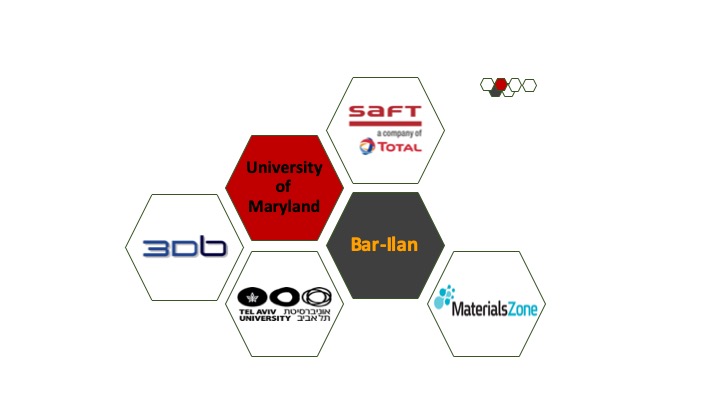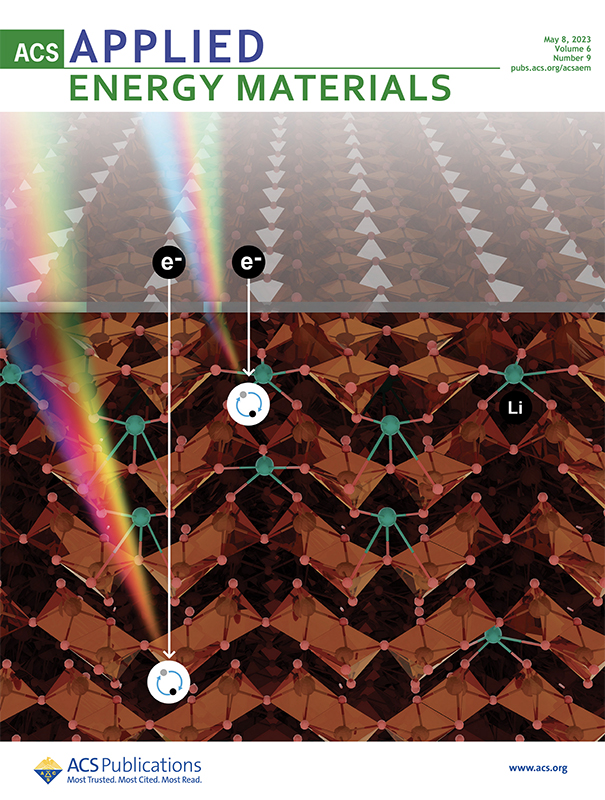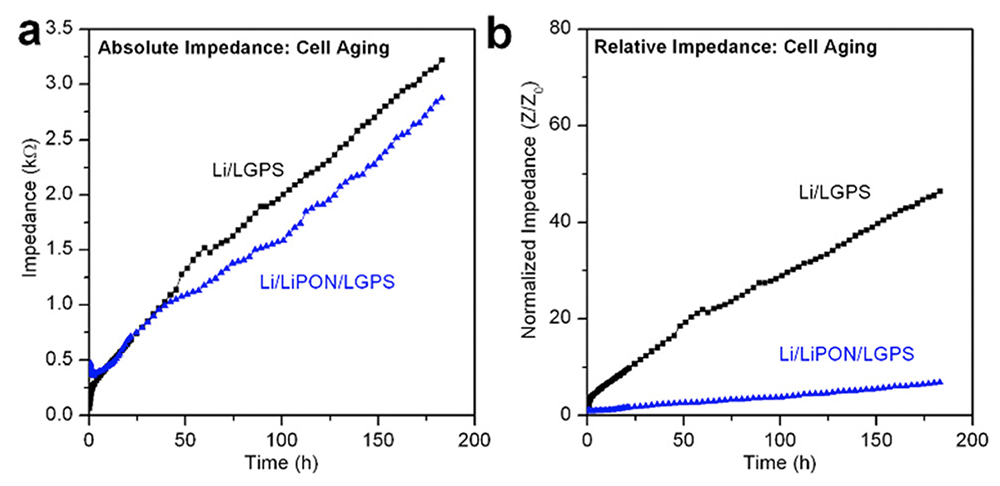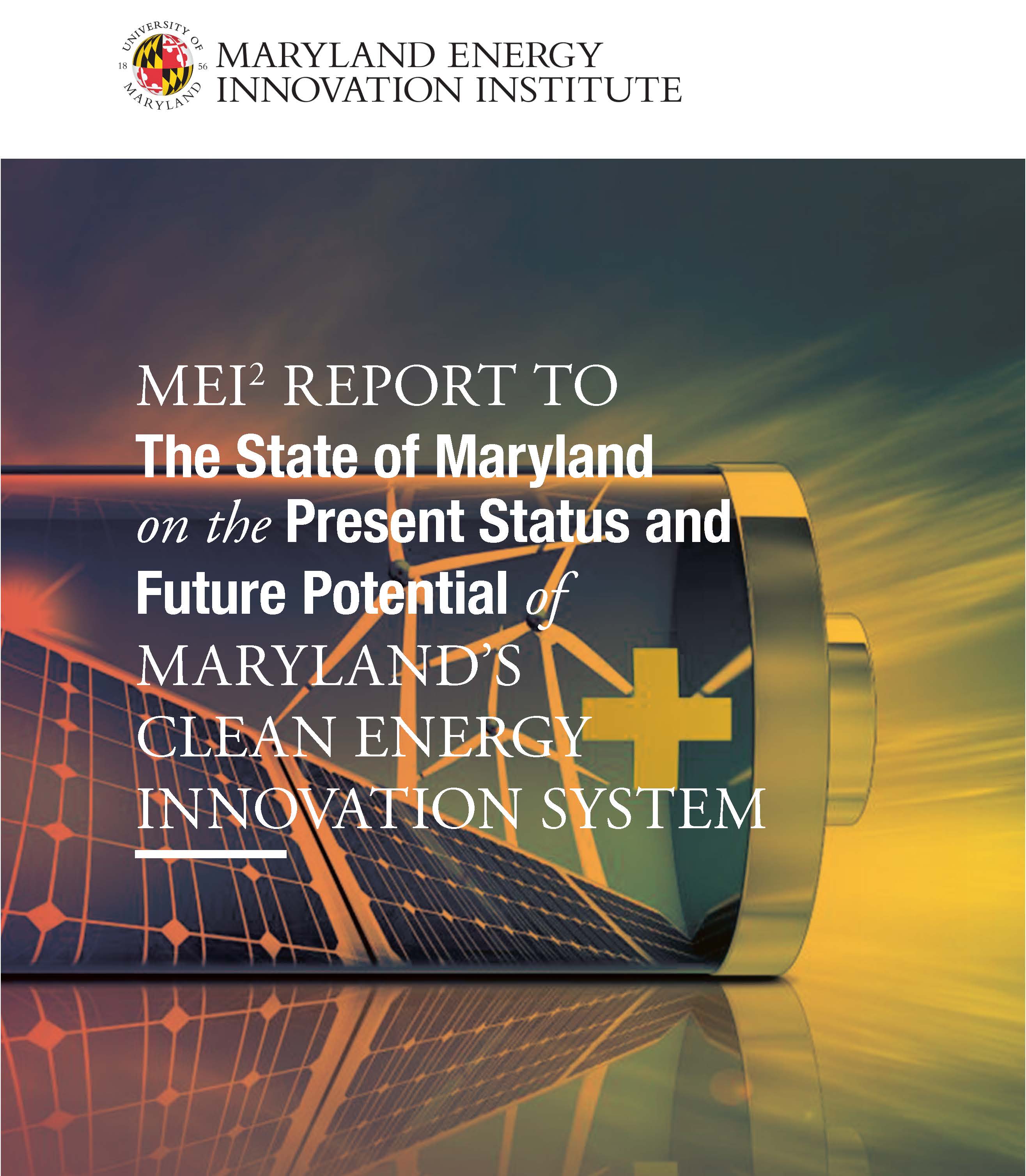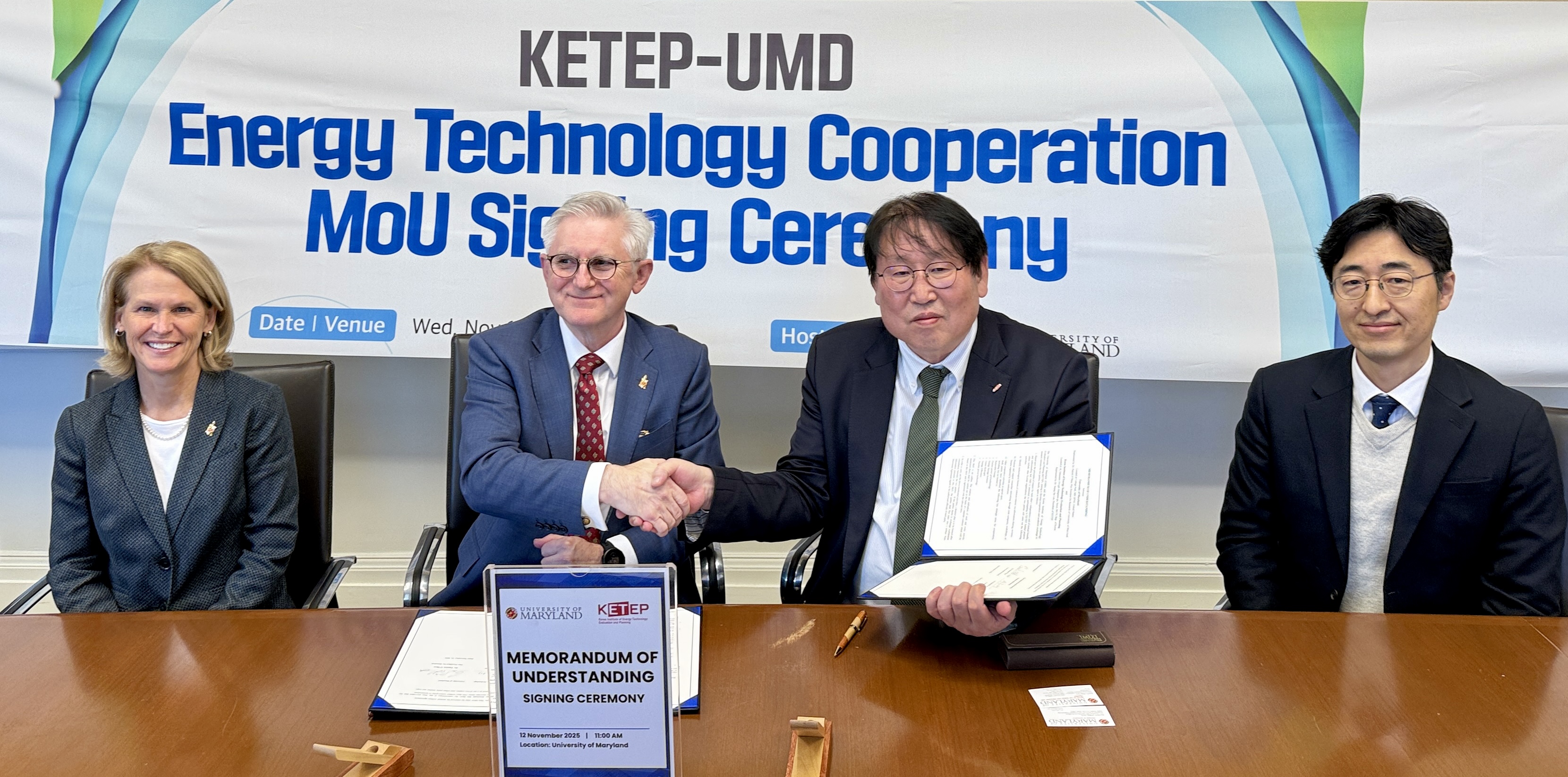News Story
Advance made towards next-generation rechargable batteries
Advances in rechargeable batteries will demand more sustainable and safer alternatives to liquid-electrolyte, lithium-ion technology. Solid-state, sodium-ion batteries are a promising alternative. But developing these new batteries will require new materials that are compatible with nanostructured, solid-state architectures. Atomic layer deposition (ALD) could be an effective way to precisely synthesize new materials to conformally coat complex 3D structures.
A new paper, “Atomic Layer Deposition of Sodium Phosphorus Oxynitride: a Conformal Solid-State Sodium-ion Conductor” demonstrates a thermal ALD process for sodium phosphorus oxynitride (NaPON), a thin-film solid-state electrolyte for sodium-ion batteries. (NaPON is analogous to the commonly used lithium phosphorus oxynitride solid-state electrolyte in lithium-ion batteries.)
This work by Materials Science and Engineering Ph.D. student Ramsay Blake Nuwayhid, MSE Assistant Research Scientists Angelique Jarry and Keith Gregorczyk, and Distinguished University Professor Gary W. Rubloff (MSE/ISR) has been published in the April 21, 2020 online version of the journal ACS Applied Materials and Interfaces.
While rechargeable lithium-ion batteries are already powering everything from cell phones to electric cars, they present major and well-known health, safety and sustainability challenges. They are prone to overheating and their flammable liquid electrolytes generate toxic byproducts such as hydrogen fluoride gas when they fail. In addition, lithium is a non-abundant and unevenly distributed element, and replacing it with a more sustainable material would be very desirable moving forward.
In fact, there is a significant push underway to move from liquid electrolyte systems toward solid-state electrolytes, and to replace lithium with a more abundant and cheaper material like sodium (which has a similar chemical behavior to lithium).
Sodium-ion batteries were initially explored in the 1980s along with lithium-ion batteries, but the latter won out due to their higher energy density and early success. Research into sodium-ion batteries has remained in its infancy due to difficulties caused by a larger ion size, higher reactivity, and lower energy density. Liquid electrolyte sodium-ion batteries also have the same safety issues as lithium-ion batteries—and perhaps more so because of the higher reactivity of sodium with the organic electrolyte. The adoption of sodium-ion batteries will require a solid electrolyte to alleviate such hazards.
For these reasons, research is needed to develop thin-film sodium-ion conductors. Conformal thin film coatings, made by chemical vapor deposition and atomic layer deposition (ALD) have been extremely successful in improving interfacial stability and longevity in lithium-ion batteries, and have been explored in sodium-ion batteries. Thin film solid-state batteries have extended cyclability, low self-discharge rates, precise electrode-electrolyte interface control, and improved safety. Their major challenge is their planar configuration, which limits power densities—but this can be overcome through simultaneously increasing power and energy density by fabricating the battery in a 3D configuration. ALD is an ideal technique, due to its ability to grow conformal layers over complex 3D architectures.
In this paper, the authors researched the ALD fabrication of sodium-ion thin-film solid-state batteries. They developed the first sodium-ion conductor synthesized by ALD, sodium phosphorus oxynitride (NaPON). This conductor is analogous to lithium phosphorus oxynitride (LiPON), the most successful thin-film solid state electrolyte.
The authors explored the reaction of sodium tert-butoxide (NaOtBu) and DEPA as a direct extension of the thermal LiPON LPZ process. In this new ALD process, the growth characteristics and chemical composition were first investigated as a function of temperature. The electrochemical properties were also examined for potential use in a thin-film sodium-ion solid state battery. The NaPON solid electrolyte demonstrated its capability to serve as a stable sodium-ion conductor, particularly if employed in very thin electrolyte layers.
This promising result makes NaPON a viable solid-state electrolyte or passivation layer for solid-state sodium-ion batteries. This work was supported as part of the Nanostructures for Electrical Energy Storage (NEES), an Energy Frontier Research Center (EFRC) funded by the U.S. Department of Energy.
Published April 28, 2020
